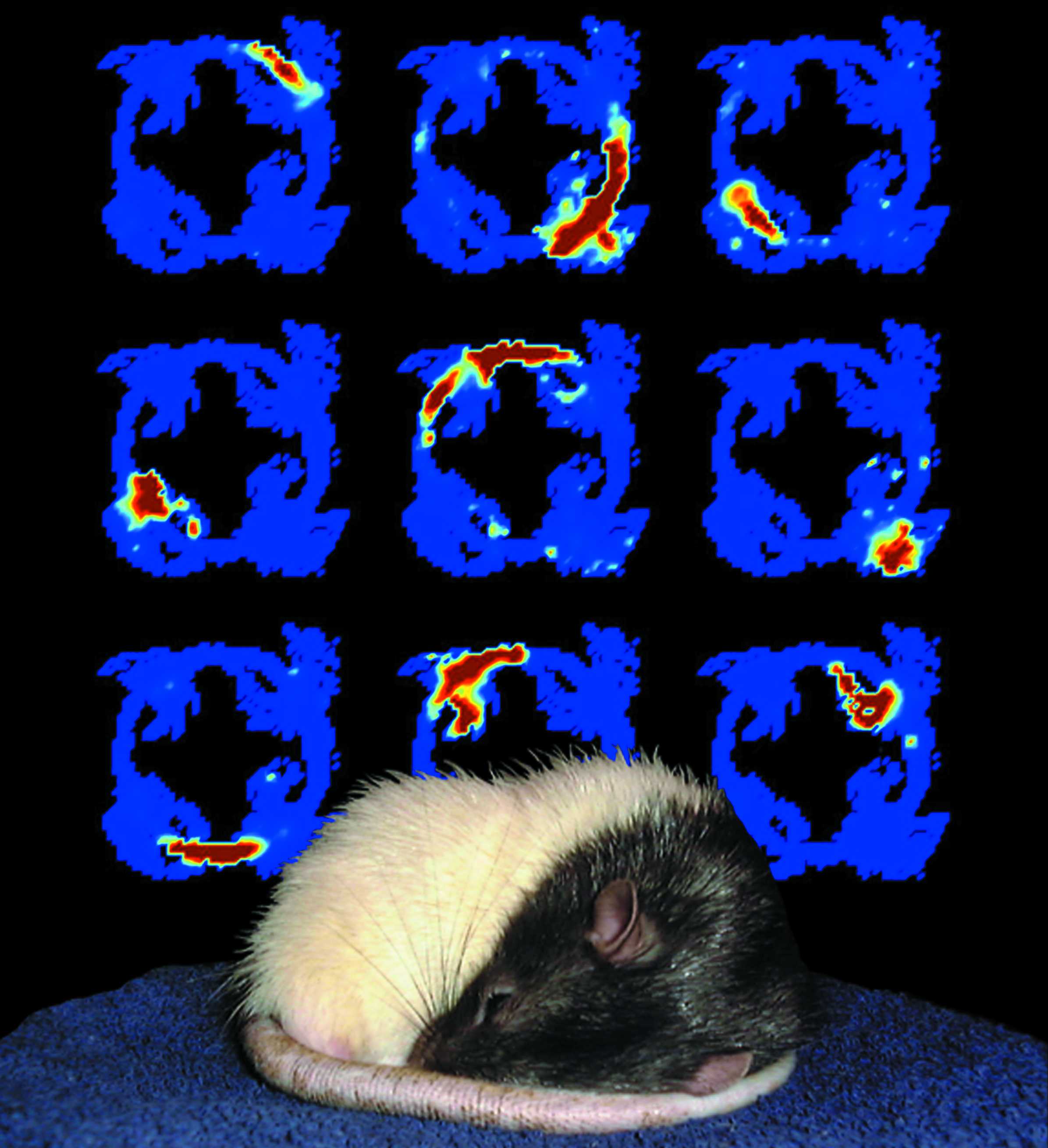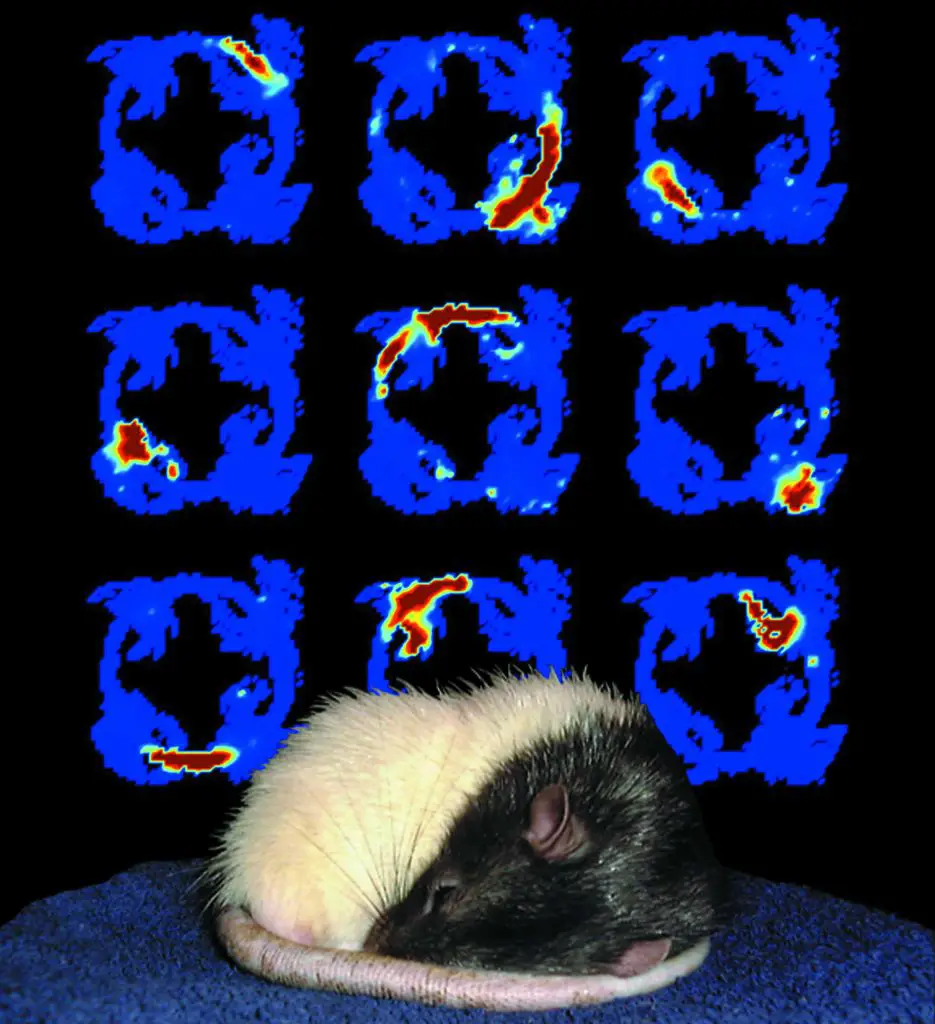Last Updated on April 17, 2023 by Francis
It’s easy to assume that all animals have dreams, but you’d be surprised to learn just which animals don’t. For centuries, scientists have been researching which animals dream, and the results may surprise you. From the largest of mammals to the smallest of insects, animals have many different sleeping patterns. Some animals, though, don’t seem to dream at all. In this article, we’ll explore some of the most surprising animals that don’t dream and how their lack of dreaming impacts their behavior and survival.
Animals that do not dream are reptiles, amphibians, and fish. These animals do not have complex brains, so they are not able to dream. Reptiles, amphibians, and fish lack the cerebral cortex that mammals have, which is responsible for dreaming.

Contents
Which Animals Lack the Ability to Dream?
Dreaming is an activity that is universal among animals, but some creatures lack the capability to experience this state. In order to understand which animals don’t dream, it is important to look at the science behind the activity. Dreaming is a form of sleep that is characterized by a shift in brainwave activity and increased activity in certain areas of the brain. It is commonly associated with the REM or Rapid Eye Movement stage of sleep, which is observed in many animals.
Dreaming is thought to be an important part of sleep that helps to store and process information. Without dreams, animals may not be able to store memories and process information as efficiently. Therefore, understanding which animals do not dream can help us to understand how their brains work and how they process information.
Humans
Humans are one of the few animals that are known to dream. During REM sleep, humans experience increased activity in certain areas of the brain, such as the limbic system, which is associated with emotion. Dreams in humans are thought to be a way of processing emotions and experiences.
Humans also experience lucid dreaming, which is a form of dreaming in which the dreamer is aware that they are dreaming. Lucid dreaming is thought to be a form of self-awareness, and is only observed in humans and some primates.
Invertebrates
Invertebrates, such as insects and other arthropods, are not known to dream. Studies have shown that these animals do not experience REM sleep, and therefore do not experience dreaming. Invertebrates are thought to experience a simpler form of sleep that does not involve dreaming.
Insects
Insects are a type of invertebrates that do not experience dreaming. Studies have shown that insects do not experience REM sleep, and therefore do not experience dreaming. Insects are thought to sleep in a simpler state that does not involve dreaming.
Arthropods
Arthropods, such as spiders and crustaceans, are another type of invertebrate that do not experience dreaming. Studies have shown that arthropods do not experience REM sleep, and therefore do not experience dreaming. Arthropods are thought to sleep in a simpler state that does not involve dreaming.
Fish
Fish are another type of animal that do not experience dreaming. Studies have shown that fish do not experience REM sleep, and therefore do not experience dreaming. Fish are thought to sleep in a simpler state that does not involve dreaming.
Bony Fish
Bony fish, such as carp and trout, are a type of fish that do not experience dreaming. Studies have shown that bony fish do not experience REM sleep, and therefore do not experience dreaming. Bony fish are thought to sleep in a simpler state that does not involve dreaming.
Cartilaginous Fish
Cartilaginous fish, such as sharks and rays, are another type of fish that do not experience dreaming. Studies have shown that cartilaginous fish do not experience REM sleep, and therefore do not experience dreaming. Cartilaginous fish are thought to sleep in a simpler state that does not involve dreaming.
Frequently Asked Questions
1. What is the definition of dreaming?
Dreaming is a mental state characterized by certain changes in mental activity and consciousness while we are asleep. Dreams can include images, thoughts, emotions, and sensations that are experienced during sleep. They often involve a narrative, which can be either realistic or surreal. Dreaming can be seen as a bridge between our conscious and unconscious minds, allowing us to explore ideas, thoughts, and feelings that would otherwise be difficult to access.
2. Which animals don’t dream?
There are some animals that don’t appear to dream, such as fish, reptiles, and amphibians. Studies have shown that these animals do not display the same kind of rapid eye movements (REM) associated with dreaming in humans and other mammals. This suggests that these animals do not experience the same kind of conscious dreaming as humans.
3. Is it possible to determine if an animal is dreaming?
Yes, it is possible to determine if an animal is dreaming. Scientists can look for the tell-tale signs of dreaming, such as rapid eye movements (REM), and also measure brain activity to see if certain areas of the brain are active during sleep. This can help to determine if an animal is dreaming or not.
4. What is REM sleep?
Rapid eye movement (REM) sleep is a stage of sleep characterized by increased brain activity and the movement of the eyes. This type of sleep is associated with the dreaming process and is thought to be important for learning and memory consolidation. During REM sleep, the brain is more active than during non-REM sleep, and dreams are most likely to occur during this stage.
5. What other animals do dream?
Mammals and birds are thought to experience dreaming. Studies have shown that these animals display rapid eye movements (REM) during sleep, suggesting that they may experience conscious dreaming. Additionally, scientists have observed certain behaviors that are associated with dreaming, such as twitching and vocalizations, in these animals.
6. What is the purpose of dreaming?
The purpose of dreaming is still largely unknown, however, scientists believe that dreams may be important for memory consolidation, information processing, problem solving, and emotional regulation. Additionally, dreams may help us to process and make sense of our experiences, thoughts, and feelings.
Do Animals Dream Like Us?
In conclusion, animals such as reptiles, fish, and amphibians don’t appear to dream like humans and other mammals do. While we can never be certain of what goes on in an animal’s mind, these creatures do not appear to have the same kind of dreaming experiences as many other animals do. Though there is still much to be learned about which animals dream and what kind of dreams they have, it is safe to say that certain species do not experience dreams in the same way that humans and other mammals do.






